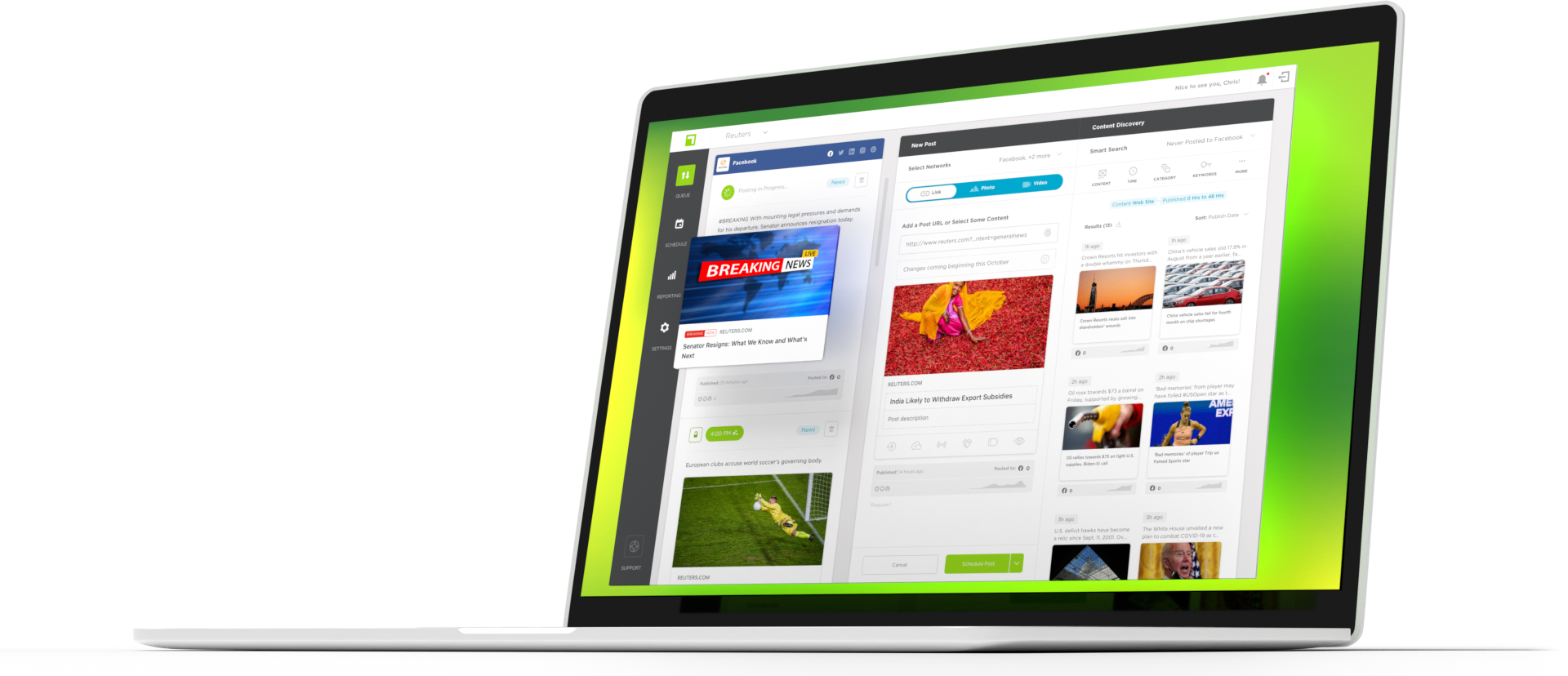A headline is a marketing tool. Really. It is arguably the most crucial factor in getting people to read your content. Headlines are your pitch to the reader, and you’ve got one shot to get them from scrolling past that post. How do you get the thumb stop? You start by writing a good headline.
Sometimes, you’ve got a story that people are just going to read. A death announcement, some are breaking news. An inherently shocking headline will get people to click on it. Maybe you have access to an image that is compelling enough to sell your article. Those stories are going to be few and far between, however.
A good headline will be faithful to the story and make readers want more. It will sell your story and be true to your brand. Let’s take a look at how to choose essential elements.
What’s your hook?
Your hook is the element that is going to appeal to your reader. It’s the most immediately compelling part of the story. Things you need to consider when choosing your hook:
- Know whom you are speaking to. Know your audience’s political leanings, local sensitivities, and other niche considerations within your content’s realm. Understand the demographic breakdown. You’re going to speak to a group of women in New York very differently than a general audience in a small midwestern town. Speak their language.
- What is the story actually about? A first glance, your story may appear to be about one thing, but is there another angle? Is there another element that other outlets/competitors have missed?
- Find the application for your audience. Let’s use an article about a state’s new law regarding online sales that just passed. The broad look at the law’s scope is critical, sure, but you’re going to get a lot more traction if you figure out how it impacts your audience. Are you speaking to the consumers? Business owners? Two very different implications for different audiences.
- What has worked before? Do a deep dive into your content for recurring themes and angles. If you need help doing some content analysis, True Anthem can help you.
Define your voice
Your voice is vital and not just relevant to writing headlines. As a brand, it is critical to define who you are. People need to know if they can trust you and who is speaking to them.
Here are some questions that may be valuable to ask:
- Where are you from?
- What is your mission?
- How formal do you want to sound?
- Do you have a target audience?
- What are you an authority on?
These are all critical considerations. If you’re trying to appeal to suburban moms, you’re going to use a different tone and word choice than you would when speaking to college-aged males or young professionals. Define your style and apply it consistently to your website and your social media channels.
Think in terms of SEO
Search engine optimization matters—a lot.
Most publishers are working to diversify traffic by any means they can. This likely involves removing some of the traffic load from social media and shifting to other sources.
Enter: Search engine traffic.
You can use an SEO plugin like Yoast or Rank Math to help you through the process. When it comes to headlines, you want to make sure you use your keyword in the headline, preferably at the beginning. Keep the headlines short and eliminate any superfluous words.
What would you search for if you wanted to find this article? Take that into consideration as you are selecting your keyword and writing a headline.
The practicality test
Sometimes, you can check all of the boxes above and still have a lackluster headline. Your gut matters. Would you stop and click this headline? If the answer is no, there’s likely a reason. Here are some possibilities:
- Is there a reason to click through, or are you telling the whole story in the headline?
- Are you using the most compelling language possible?
- Is it flat-out boring?
- Have you chosen the right angle?
If you’ve chosen your headline well, it will give enough information to be helpful while also encouraging the audience to stop and read more.
Contact us today for a demo, and be sure to sign up for our newsletter.

